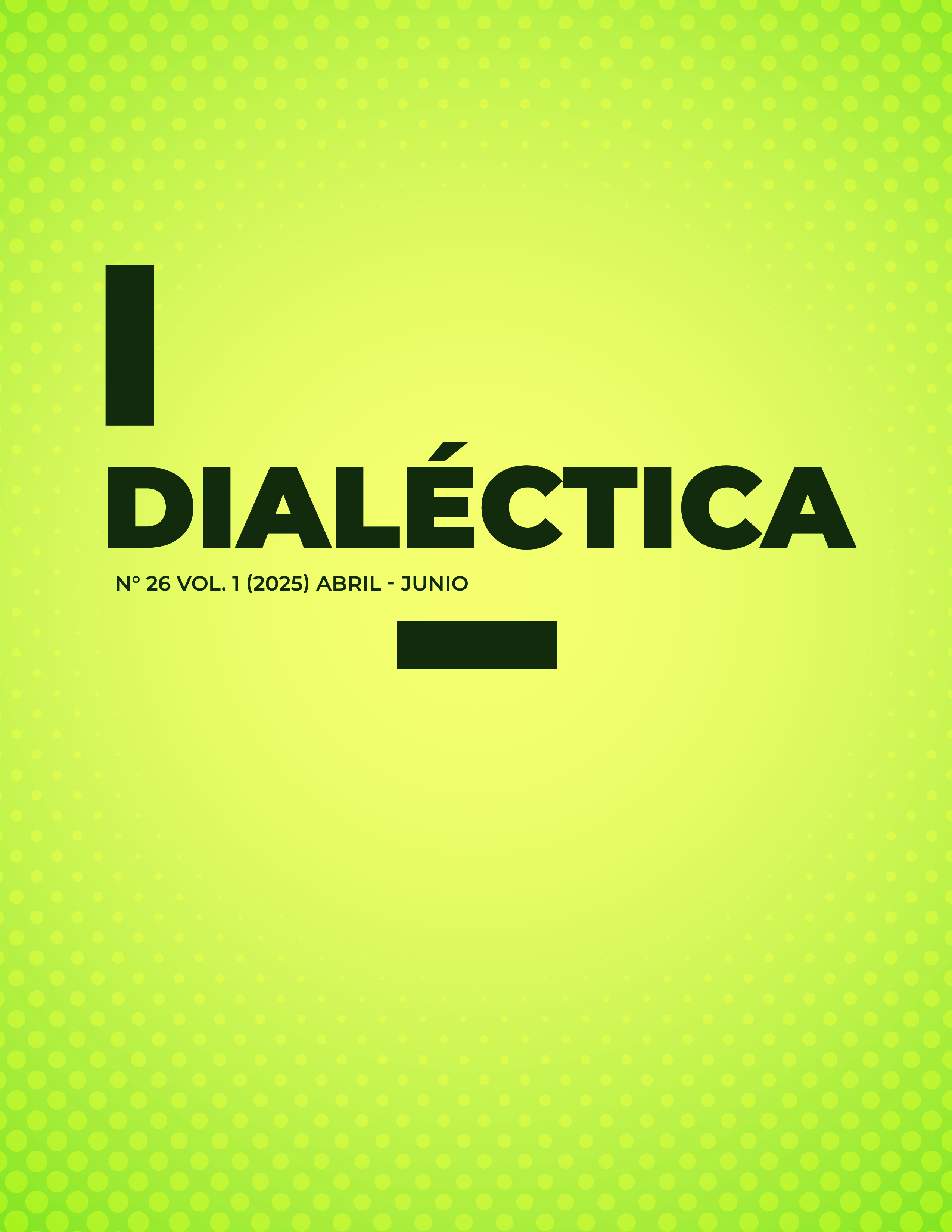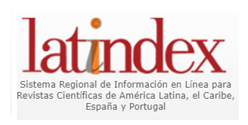READING COMPREHENSION AND CRITICAL THINKING DEVELOPMENT IN PRIMARY EDUCATION: A SYSTEMATIC LITERATURE REVIEW
DOI:
https://doi.org/10.56219/dialctica.v1i26.4385Keywords:
reading comprehension, critical thinking, primary education, methodological strategies, cognitive developmentAbstract
Reading comprehension and the development of critical thinking are fundamental competencies in the integral education of primary school students, laying the foundations for academic success and effective civic participation. This literature review article presents a systematic review of academic studies examining the relationship between these two cognitive competencies, with particular emphasis on their development during the formative years of basic education. The main objective of the study is to analyze the theoretical frameworks, teaching methodologies, and empirical evidence that support the interconnection between reading comprehension and critical thinking in primary educational contexts. The methodology consisted of a systematic review of specialized academic databases, including Semantic Scholar, Connected Papers, SciELO, Dialnet, and university repositories, using specific inclusion criteria for studies published between 2012 and 2024. The main findings reveal a bidirectional and synergistic relationship between reading comprehension and critical thinking, where the development of higher levels of reading comprehension (inferential and critical) facilitates the emergence of critical thinking skills, while the latter, in turn, enhance the ability for textual analysis and evaluation. Empirical evidence shows that methodological strategies such as the CIRC model (Cooperative Integrated Reading and Composition), interactive reading approaches, and the use of primary sources generate moderate to significant effects on the development of both competencies. Additionally, mediating factors such as teachers’ epistemological conceptions, students’ prior knowledge, and the implementation of metacognitive strategies are identified as crucial elements to optimize these learning processes.
Downloads
References
Ahmad, A., Musthafa, B., Sunendar, D., & Septian, R. (2023). The effect of the cooperative integrated reading and composition model assisted video media on reading comprehension and critical thinking. PrimaryEdu: Journal of Primary Education, 7(2), 647-658. https://doi.org/10.22460/pej.v7i2.4136 DOI: https://doi.org/10.22460/pej.v7i2.4136
Aloqaili, A. S. (2012). The relationship between reading comprehension and critical thinking: A theoretical study. Journal of King Saud University-Languages and Translation, 24(1), 35-41. https://doi.org/10.1016/j.jksult.2011.01.001 DOI: https://doi.org/10.1016/j.jksult.2011.01.001
Ardhian, T., Ummah, I., Anafiah, S., & Rachmadtullah, R. (2020). Reading and critical thinking techniques on understanding reading skills for early grade students in elementary school. International Journal of Innovation, Creativity and Change, 11(3), 135-152.
Ashford, R. (2024). The role of interactive reading strategies in enhancing reading comprehension of lower primary students. Research and Advances in Education, 1(1), 1-15. DOI: https://doi.org/10.56397/RAE.2024.12.07
Assessment and Teaching of 21st Century Skills [ATC21s]. (2012). Defining twenty-first century skills. En P. Griffin, B. McGaw, & E. Care (Eds.), Assessment and teaching of 21st century skills (pp. 17-66). Springer. DOI: https://doi.org/10.1007/978-94-007-2324-5_2
Basali, L. P. (2024). Reading comprehension levels and skills of Filipino grade 8 students: A basis for catch-up Friday activities. International Journal for Multidisciplinary Research, 6(2), 1-18. DOI: https://doi.org/10.36948/ijfmr.2024.v06i03.23232
Contreras, M. R. C. G. (2022). Modelo de estrategias de comprensión lectora para el pensamiento crítico y creativo en estudiantes de educación primaria. Ciencia Latina Revista Científica Multidisciplinar, 6(1), 1493-1512. https://ciencialatina.org/index.php/cienciala/article/view/1493 DOI: https://doi.org/10.37811/cl_rcm.v6i1.1493
Costin, S. E. (2024). The importance of illustrations in the reception of literary works in primary education: Examples from contemporary children's literature. Journal of Humanistic and Social Studies, 15(1), 78-95. DOI: https://doi.org/10.56177/jhss.2.15.2024.art.9
Deliligka, A., & Calfoglou, C. (2023). Using poetry to foster critical thinking and metacognition in a primary school EFL context. Educational Research and Reviews, 18(4), 142-158.
Ennis, R. H. (1985). A logical basis for measuring critical thinking skills. Educational Leadership, 43(2), 44-48.
Facione, P. A. (1990). Critical thinking: A statement of expert consensus for purposes of educational assessment and instruction. American Philosophical Association.
Hales, P. (2014). Developing reading comprehension and critical thinking using primary sources [Tesis de maestría, California State University]. Repositorio Digital CSU Sacramento.
Ismail, I., Khalid, M. I., Mahyuddin, M. J., Musdalifah, M., Djafar, S., & Suparman, S. (2024). A rhizomatic approach in elementary reading comprehension strategies. KOLEKTIF: Jurnal Pendidikan, Pengajaran, dan Pembelajaran, 2(1), 45-62. DOI: https://doi.org/10.70078/kolektif.v1i2.41
Kuhn, D. (1999). A developmental model of critical thinking. Educational Researcher, 28(2), 16-46. DOI: https://doi.org/10.3102/0013189X028002016
Medranda-Morales, N., Palacios Mieles, V. D., & Villalba Guevara, M. (2023). Reading comprehension: An essential process for the development of critical thinking. Education Sciences, 13(11), 1068. https://doi.org/10.3390/educsci13111068 DOI: https://doi.org/10.3390/educsci13111068
Organización de las Naciones Unidas para la Educación, la Ciencia y la Cultura [UNESCO]. (2017). Reading the past, writing the future: Fifty years of promoting literacy. UNESCO Publishing.
Organización para la Cooperación y el Desarrollo Económicos [OCDE]. (2019). PISA 2018 results: What students know and can do (Vol. 1). OECD Publishing. https://doi.org/10.1787/5f07c754-en DOI: https://doi.org/10.1787/5f07c754-en
Rumelhart, D. E. (1984). Understanding understanding. En J. Flood (Ed.), Understanding reading comprehension (pp. 1-20). International Reading Association.
Rubio, E. E. G., & Blas, M. R. C. (2021). Influencia de la comprensión lectora en el pensamiento crítico en estudiantes de educación primaria. Polo del Conocimiento: Revista científico-profesional, 6(12), 847-865. https://dialnet.unirioja.es/servlet/articulo?codigo=8219271
Sarwanto, S., Fajari, L. E. W., & Akhdinirwanto, R. W. (2021). Critical thinking skills and their impacts on elementary school students. Malaysian Journal of Learning and Instruction, 18(2), 89-112. https://e-journal.uum.edu.my/index.php/mjli/ article/view/14373 DOI: https://doi.org/10.32890/mjli2021.18.2.6
Zambrano-Navarrete, J. V., & Chancay-Cedeño, C. H. (2022). El pensamiento crítico a través de la comprensión lectora en educación primaria. Dominio de las Ciencias, 8(Extra 2), 647-665. https://dialnet.unirioja.es/ servlet/articulo? codigo=8637979
Downloads
Published
How to Cite
Issue
Section
License

This work is licensed under a Creative Commons Attribution-NonCommercial-ShareAlike 4.0 International License.
La revista Dialéctica conserva los derechos patrimoniales (copyright) de las obras publicadas, que favorece y permite la reutilización de los mismos bajo la licencia Creative Commons Atribución-NoComercial-CompartirIgual 4.0 , por lo cual se pueden copiar, usar, difundir, transmitir y exponer públicamente, siempre que se cite la autoría y fuente original de su publicación (revista, editorial, URL y DOI de la obra), no se usen para fines comerciales u onerosos y se mencione la existencia y especificaciones de esta licencia de uso. Si remezcla, transforma o crea a partir del material, debe distribuir su contribución bajo la misma licencia del original.











